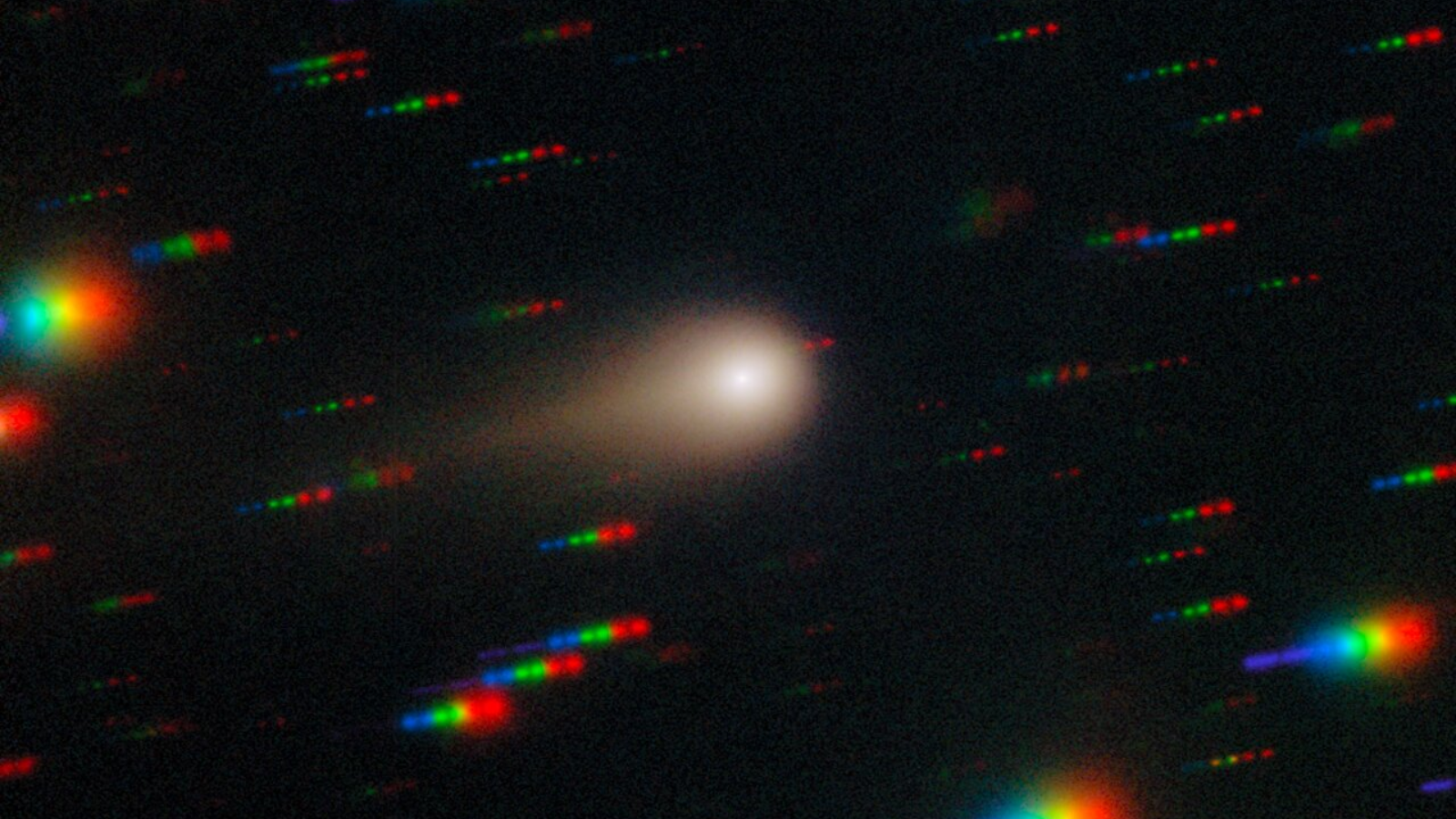A highly hormonal disease
Fred Hutch’s Christopher Li, MD, PhD, who holds the Helen G. Edson Endowed Chair for Breast Cancer Research, shared an epidemiological perspective. A longtime public health researcher, Li wrote his doctoral…

Fred Hutch’s Christopher Li, MD, PhD, who holds the Helen G. Edson Endowed Chair for Breast Cancer Research, shared an epidemiological perspective. A longtime public health researcher, Li wrote his doctoral…

Facility will help Pakistan meet its energy import requirements, ease pressure on its foreign reserves
Defence Minister of Kingdom of Saudi Arabia Khalid bin Salman Al Saud (From L), Prime Minister Shehbaz Sharif, Crown Prince Muhammad bin Salman…

Former Pakistan Tehreek-e-Insaf (PTI) federal ministers Omar Ayub and Shibli Faraz have withdrawn their appeals against the disqualification from…

If you’re in the market for workout earbuds, now’s your chance to make a move. The Beats Powerbeats Pro 2 are back down to $199.99 ($50 off) in multiple colors at Amazon and Walmart. Although we saw the wireless earbuds drop to $179 earlier…

Basketball legend, entrepreneur and entertainer Shaquille O’Neal partners with Lilly to shine a spotlight on moderate-to-severe obstructive sleep apnea (OSA), encouraging…

A newly found interstellar comet poses absolutely no threat to Earth, but a NASA-coordinated group plans to observe it to help our ability to monitor any future objects that might prove to be hazardous.
The comet, called 3I/ATLAS, is the third…

Martial arts icon Iko Uwais (“The Raid,” “Mile 22,” “Expend4bles”) will headline hospital siege thriller “MRI,” with Liam O’Donnell (“Alphas”) set to direct. Daniel Baur’s K5 Intl. has acquired the international sales…

Journalist and former BBC presenter Mark Mardell was left feeling ‘humiliated’ after he was told he could not board a Turkish Airlines flight due to having Parkinson’s disease and no doctor’s report.
The broadcaster was unaware of this requirement…